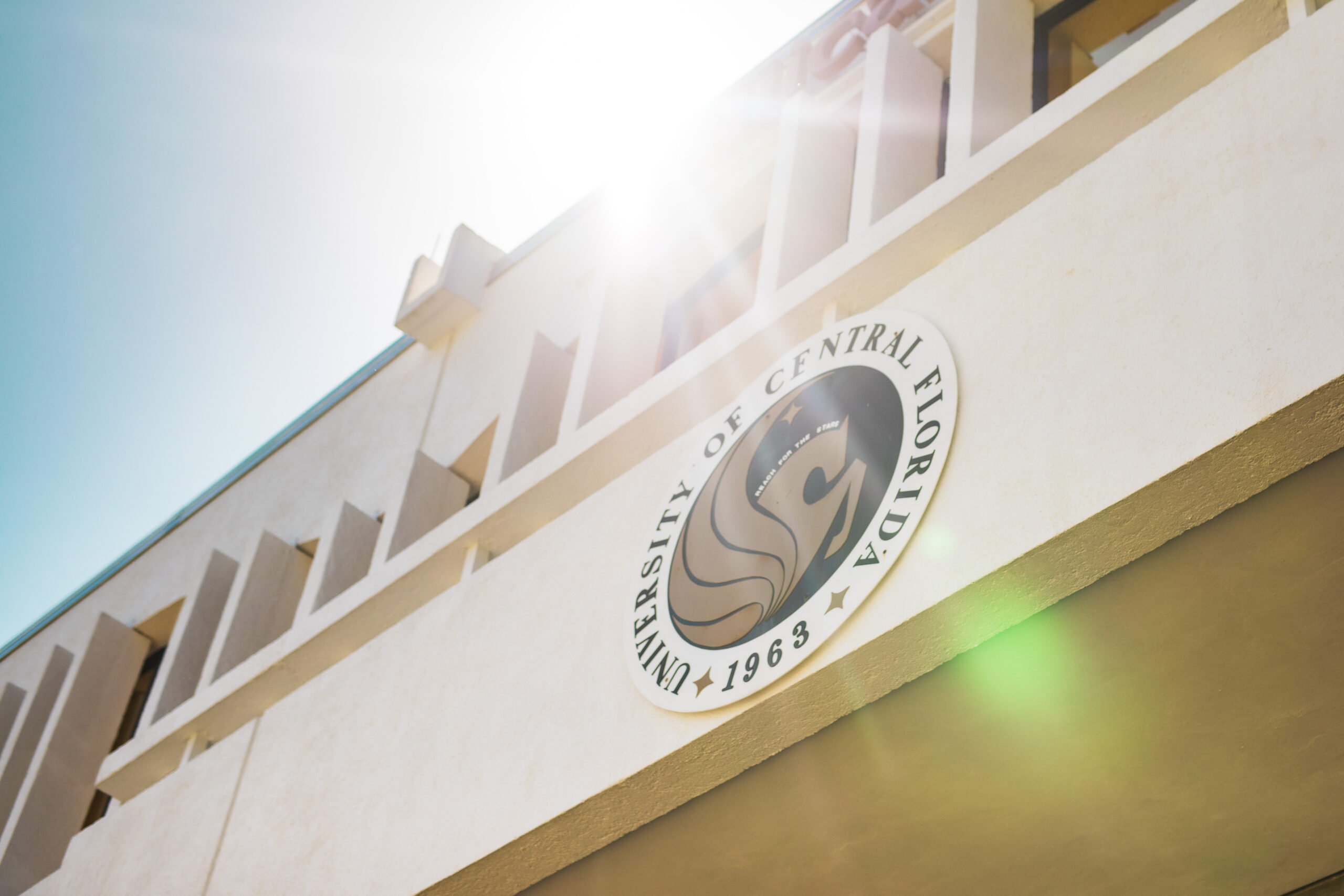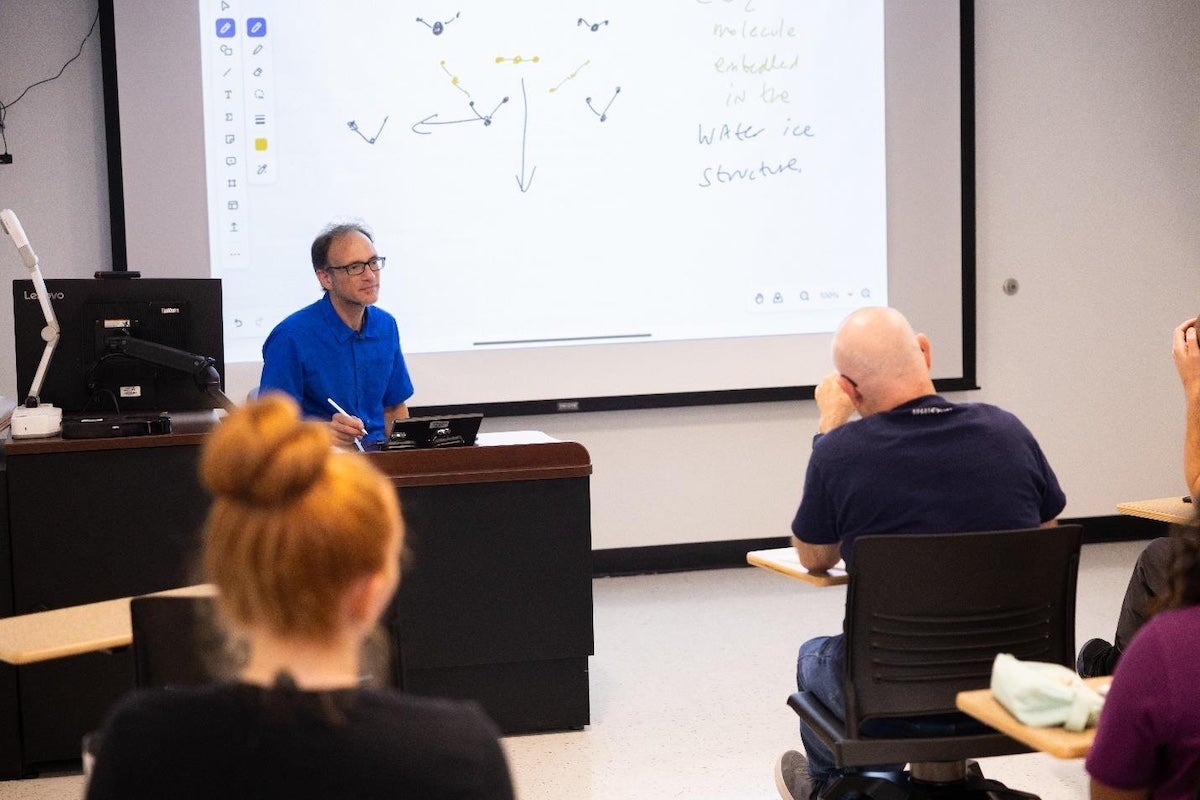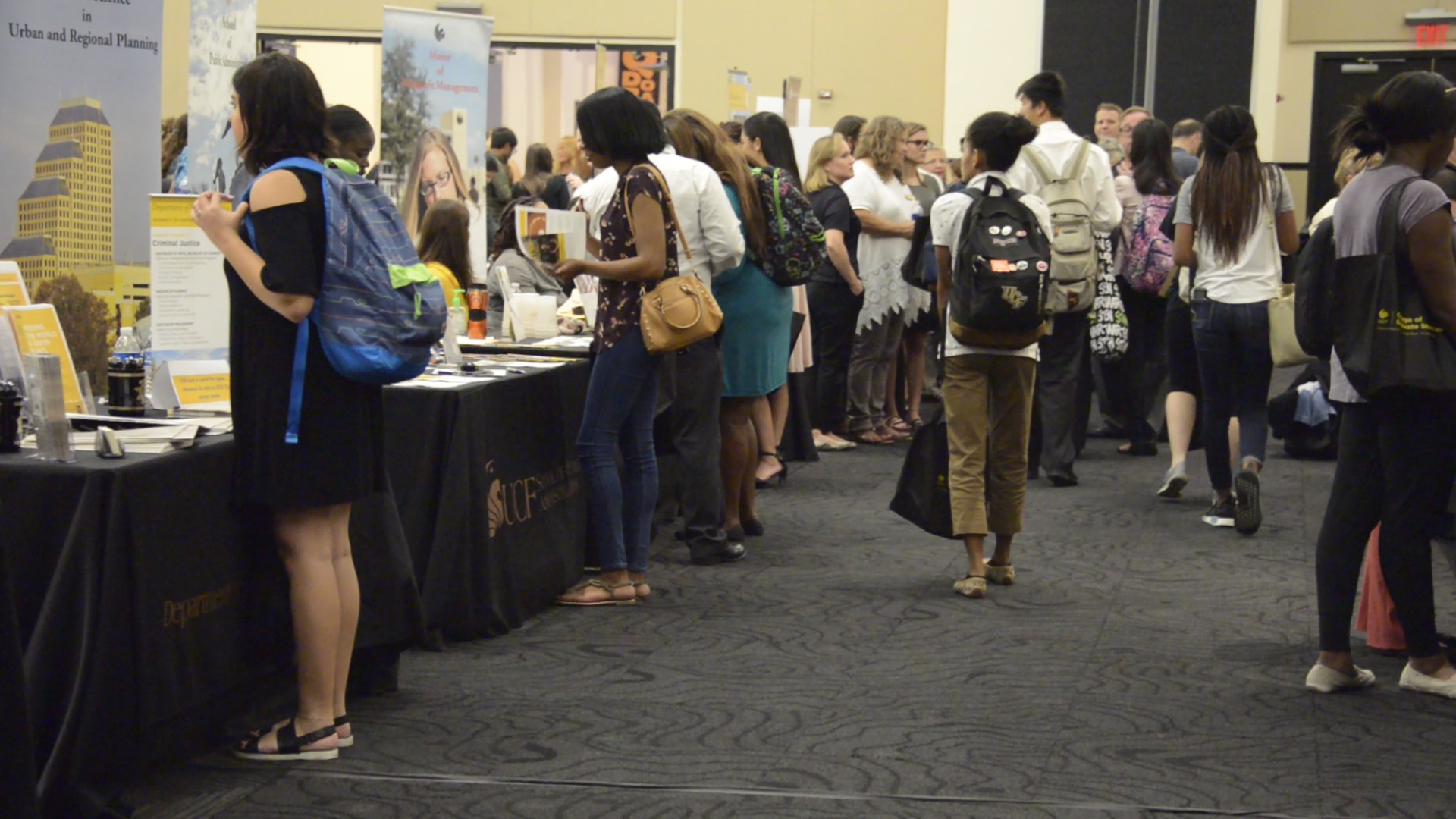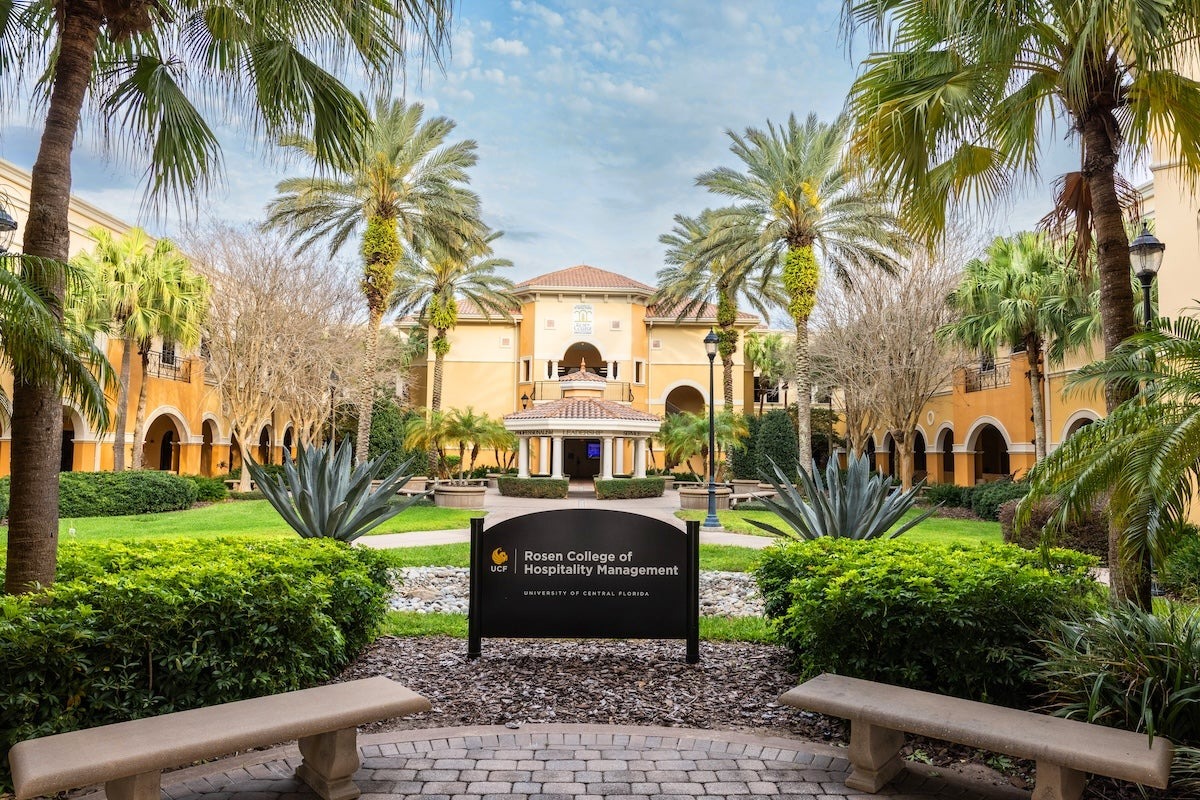Arecibo Observatory Gets $19 Million NASA Grant to Help Protect Earth from Asteroids
Knowledge is power and NASA has just invested $19 million into the Arecibo Observatory in Puerto Rico to gain a lot of knowledge about asteroids.
NASA awarded the University of Central Florida (which manages the site on behalf of National Science Foundation) the four-year grant to observe and characterize near-Earth objects (NEO) that pose a potential hazard to Earth or that could be candidates for future space missions.
The observatory is home to the most powerful and most sensitive planetary radar system in the world, which means it is also a unique tool available to analyze NEOs, such as asteroids and comets. The knowledge helps NASA determine which objects pose significant risks and when and what to do to mitigate them. NASA officials can also use the information to determine which objects are the most viable for science missions – landing on an asteroid is not equally easy for all of them. Information the observatory provided about asteroid Bennu, for example, is one of the factors that led NASA to select the OSIRIS-REx mission for funding.
UCF manages the NSF facility under a cooperative agreement with Universidad Ana G. Méndez and Yang Enterprises, Inc. The NASA grant will be used for operations, maintenance and upgrades to the radar system that directly relate to the Arecibo Planetary Radar Group, which leads this work. The group will spend up to 800 hours a year analyzing NEOs during the grant period.
The award also includes money to support STEM education among high school students in Puerto Rico. The Science, Technology And Research (STAR) Academy brings together 30 local high-school students per semester once a week for 16 classes to learn about science and research at the observatory.
“The S-band planetary radar system on the 305-m William E. Gordon Telescope at Arecibo Observatory is the most sensitive planetary radar system in the world,” says the Arecibo planetary radar program’s principal investigator Anne Virkki. She received her doctorate degree in astronomy from the University of Helsinki, Finland, and leads the planetary radar group at the observatory. “This is why Arecibo is such an amazing tool for our work. Our radar astrometry and characterization are critical for identifying objects that are truly hazardous to Earth and for the planning of mitigation efforts. We can use our system to constrain the size, shape, mass, spin state, composition, binarity, trajectory, and gravitational and surface environments of NEOs and this will help NASA to determine potential targets for future missions.”
Arecibo has played a role in analyzing NEOs since the mid-90s, observing 60-120 objects per year. Congress made NEOs a priority when it directed NASA in 2005 to seek out and characterize at least 90 percent of near-Earth objects larger than 140 meters by 2020.
“Arecibo plays an important role in discovery and advancing our knowledge of our solar system and our universe,” says Francisco Cordova, director of the facility. “We also play a critical role in helping to protect our planet through providing knowledge and unique expertise. It’s part of our mission and one of the reasons we are so passionate about our work.”
The international team of asteroid observers at the observatory includes: Flaviane Venditti from Brazil; Sean Marshall from the U.S.; Dylan Hickson from Canada, and Luisa Zambrano-Marin from Columbia. Co-investigators include Noemi Pinilla-Alonso from the Florida Space Institute; Yanga Fernandez from UCF; Patrick Taylor and Edgard Rivera-Valentin from the Lunar and Planetary Institute; Michael Nolan and Ellen Howell from the University of Arizona; Tracy Becker from the Southwest Research Institute, and Chris Magri from the University of Maine.
Share This Article

UCF Women’s Club Honors 3 Graduate Students with Prestigious Sheila B. Somerville Scholarship
Financial support is often the cornerstone of academic success, and for many students, scholarships open the door to higher education. Beyond easing financial stress, these awards provide recognition, motivation, and a...
Latest News

UCF Launches 1st Planetary and Space Sciences PhD Program in Florida
As SpaceU, UCF is pushing the boundaries of exploration by launching a groundbreaking new doctoral program in the planetary and space sciences. Now, aspiring researchers can apply to the inaugural cohort of...

UCF Fulbright Awardees Bring Their Passions to a Global Scale
Each year, the Fulbright Program offers opportunities for American students to conduct research, teach English, or pursue graduate study abroad. One of the most prestigious international exchange programs in the...

Unleash Opportunities with a UCF Graduate Degree
A graduate degree has the power to unleash opportunities by expanding careers, opening doors to new fields, and increasing lifetime earnings. According to the U.S. Bureau of Labor Statistics (2024),...

UCF Rosen College Ranks No. 1 in the World for Hospitality Education for 2025
One of the most anticipated theme parks in the world is about to open its gates — and right next door, the No. 1 hospitality and hotel management school on...